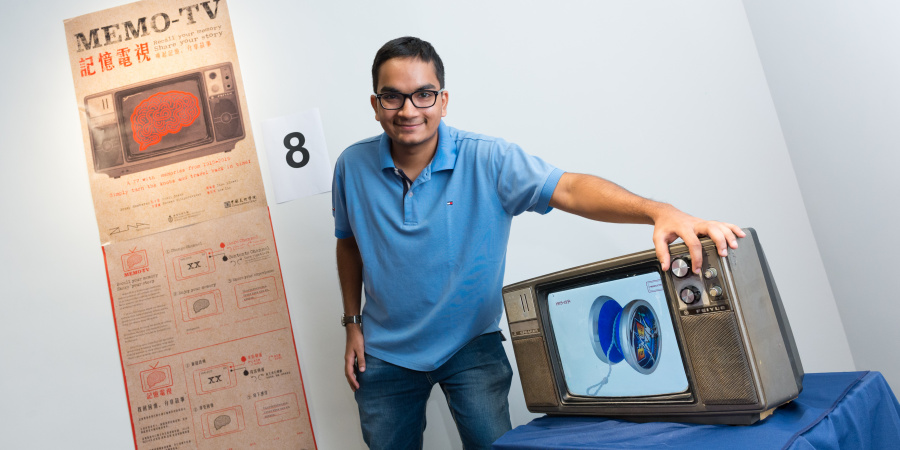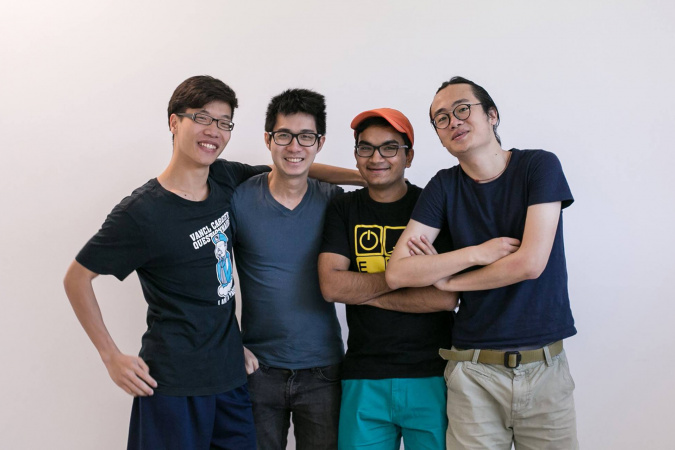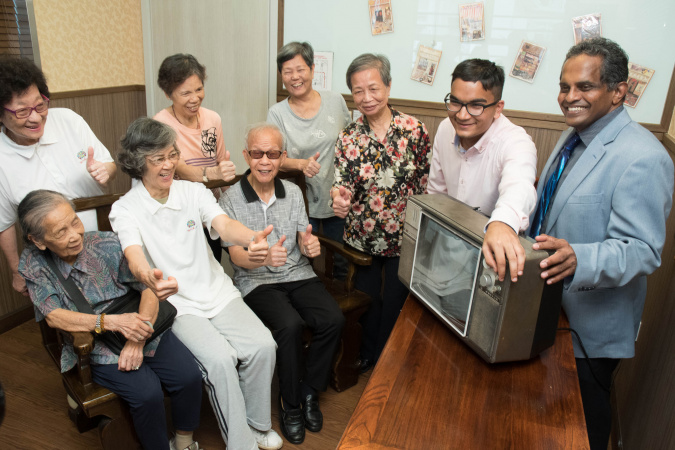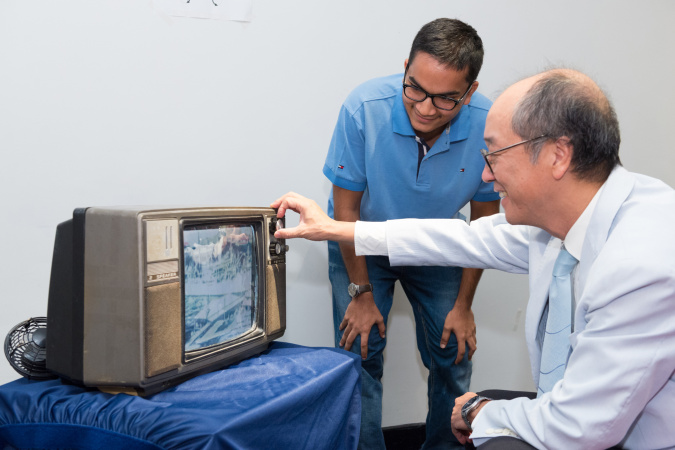Finding Out What True Engineering Is
Mechanical Engineering final year undergraduate Urvil Sheth and his teammates developed a MemoTV for the elderly in the Design Thinking course collaborated by HKUST and the China Academy of Art. He shared how the team turned the novel concept to a real product in just four weeks and the satisfaction behind which enabled him to experience what true engineering is.
“Mummy, look at that flying machine!” I exclaimed in an Indian dialect, a 3-year-old boy with his eyes affixed on the white speck leaving Kai Tak Airport, getting larger and larger. I didn’t realize at the time that it was called an airplane, nor did I recognize the brand “Cathay Pacific”. I merely gasped in fascination as the white dot used to grow and shrink, hundreds of times each day. I suppose it was this phenomenon of apparent distances and relativity, at a young age, which sparked my interest in physics.
As the years went by, I maintained my interest in physics – I pursued it at an advanced level in secondary school. I was more interested in the principles than the proof. So, in 2013, I was admitted to the School of Engineering at HKUST. I decided on Mechanical Engineering, because of the vast application of concepts and formulas.
Having completed two years of courses locally at HKUST, I then decided that I wanted to approach engineering from a different angle. This is when I enrolled in IELM 4320 – Design Thinking. This was an interdisciplinary course, collaborated by HKUST and the China Academy of Art (CAA) in Hangzhou. It was an opportunity for STEM majors to collaborate with Visual and Intermedia Art students, spending two weeks at each campus.
As groups – two HKUST students paired up with two CAA students – we were tasked with designing and manufacturing an interactive product for the elderly in day care centres in Hong Kong. It was a challenge from the start. Naveen (a Thai Computer Science Student from HKUST) and myself were not quite well-versed in Mandarin – the other two CAA group mates were not comfortable in English. Nevertheless, we went for hotpot on day 1 and became close friends.
The real challenge started on day 2. Design thinking is no easy feat – we had no idea what we were going to make. Thankfully, we were constantly mentored by our professors – truly experienced professionals. I encouraged my team to apply the design thinking techniques we had learnt: brainstorming, affinity clustering, storyboarding and importance versus priority matrix. After filtering, prioritizing and combining ideas, MemoTV was born.
MemoTV was our concept for making a TV which could display nostalgic content (photos, videos, newspaper clippings) of Hong Kong in the past century. I thought that the TV is quite obsolete these days and making one would allow the elderly to reunite, relax and rejoice with each other. This was my vision but the idea was only half the story; we still had to make it!
I assigned tasks to my teammates based on their strengths. One focused on programming the Arduino, while another began assembling the speakers and mounting the PC inside. Another began finding old pictures of Hong Kong, along with Cantopop songs from Leslie Cheung to Anita Mui. We found an abandoned, bulky TV which was at least 80 years old, removed the glass inside, and assembled the PC, Arduino and speakers on the interior.
I couldn’t believe it. We had managed to design and manufacture a novel concept in just four weeks! It was now time to test it out with the elderly. On exhibition day, they came to the HKUST library – an innocent army wearing blue hats. They went around, inspecting and interacting with the other exhibits. Finally, they came to MemoTV.
I ushered them to the sofa, and they were silent with curiosity. Naveen turned on the TV and after a few seconds of silence, the screen was alive with colours. The familiar voice of Tang Kee-chan (鄧寄塵) sounded, and the elderly just began laughing with joy. The closest member rotated the knobs on the TV – which changed the type and time of content respectively. It now changed to photos in 1920. Then, on screen was a black and white image of HSBC’s Main Building. The 15 elderly sang in unison: “waaaaaah!”. As the elderly continued chatting about and playing with the TV, I looked at my teammates; they knew it was a job well done.
Looking back, this had to be my favorite course in HKUST. Not because of the grade, but instead because it gave me confidence. It convinced me that I was able to make somebody smile. I am still in touch with my teammates. Although they are back to their home countries (China and Thailand respectively), I never hesitate to send them a WeChat message.
I am going to miss this experience dearly. It was my highlight of university as it unlocked so much untapped potential. This is my final year at university, and my working life is right around the corner. I am yearning to stay in university longer, but I know it is time to move on. I hope I will find another opportunity to experience what true engineering is, in the future.
Related link:




